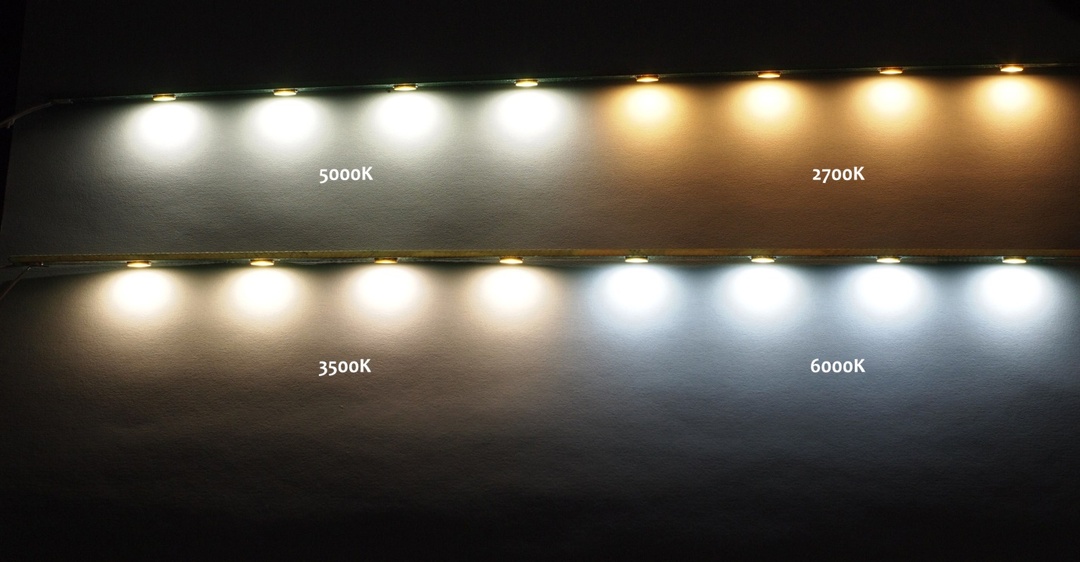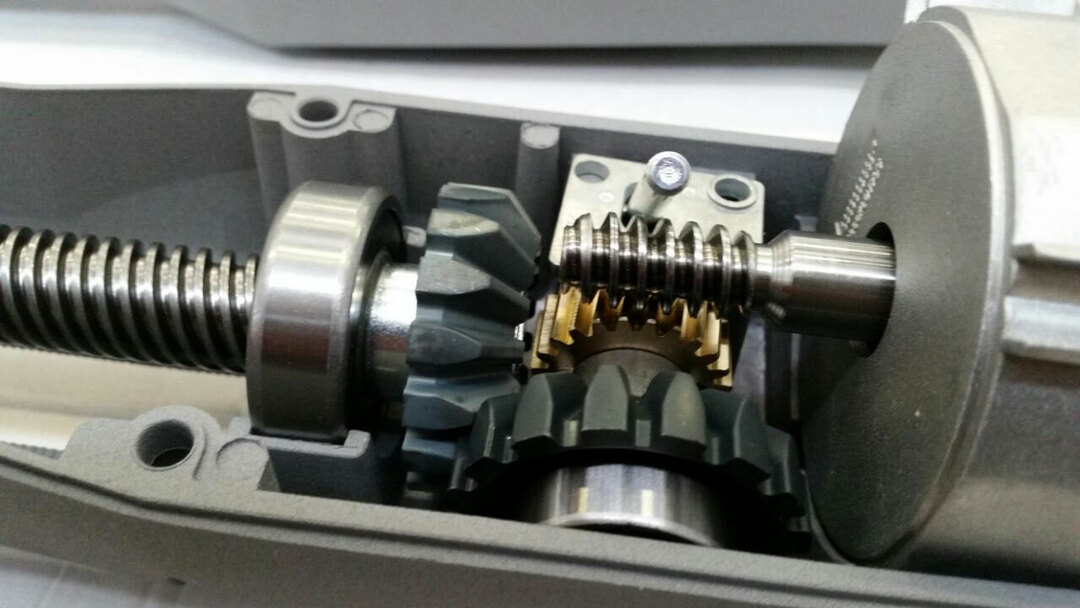The standards specifically state that it is possible to install fixtures specifically designed for such places in bathrooms. Of the specifics of using the volume of the bath or sauna, the authors would equate to zones 0 and 1 according to GOST 50571.11.When you soar, splashes fly around, water, damp. Therefore, the lighting in the sauna should be protected from moisture. In practice, traditional baths are illuminated from 220 V. Lamps are located at a height of more than 2.25 meters from the floor, which removes restrictions. Let's talk today how to make the lighting in the bath or sauna.
Rules for the manufacture of lighting in the bath or sauna
There are a number of recommendations from the standards that are not related to lighting in the bath or sauna directly, but are useful. Others are vital. For example, in the requirements for fire safety a lot is said about emergency lighting. We believe that for a bath or a sauna it will not be superfluous.
- It is recommended to power the lighting in the bath or sauna through a differential circuit breaker.
There are no direct indications of the attribute. But according to life observations, the requirements of GOST 50571.11 are applied in baths and saunas. It is allowed to install lighting specially designed for wet places. Above the line 2.25 meters from the floor there are no restrictions.

Lighting in the sauna
- In baths or saunas it is not allowed to install sockets, switches and switchgears of any type.
Drop boxes are prohibited. Wiring in the bath or sauna does not show exposed screens, you can not use metal sleeves, corrugations. It is allowed to install switches in the rooms where there are only washbasins. Not closer than 60 cm from the edges of the sink.
- Metal objects in the bath or sauna are connected to a potential equalization system that goes to the ground bus.
- All lamps in the bath or sauna exhibit double or equivalent electrical insulation.
- According to SP 31-110, emergency lighting is equipped in the rooms of baths or saunas.
Cables go separately with a network of 220 V. According to PUE( Section 6.1), the power supply of the branches( main and backup) of lighting in the bath or sauna is arranged independent, eliminating the possibility of simultaneous failure. It is allowed in the absence of the presence of the second phase to use an individual transformer for emergency lighting in the bath or sauna. As a rule, the inclusion of a spare branch is made automatically when power is lost to the main one.
- A separate circuit breaker is provided for any line( emergency and main) lighting in the bath or sauna.
The topic is about high humidity; differential-type residual current devices with a threshold of not more than 30 mA are used. This ensures compliance with fire safety requirements for baths or saunas. Let us explain: in the place of leakage, increased heating occurs. A long hour can operate the RCD for lighting in the bath or sauna when the load exceeds the nominal by 45%.During this time, unforeseen developments are possible. The differential automatic machine cuts down the lighting of the bath or sauna immediately.
Please note that a transformer is not built in between the RCD and the luminaires. Otherwise, the conditions for the protection of lighting bath or sauna will be violated. First, a transformer is installed, a differential automatic with lights is already included in its circuit. Switching the lighting of the bath or sauna is carried out in the switchboard( according to EI 6, it is not placed indoors under the bath, for example, in the basement).You will need to buy modules for DIN-rail and mount as needed.
- Emergency lighting may be replaced by hand-held portable appliances powered by batteries or batteries.
For example, flashlights. Sure, it is easy to find on sale a similar device with a degree of protection of the case from IP55 and higher( protection requirements from getting wet).
- In the bath, the illumination should be 50 lux( degree of visual work ZH-2 according to SNiP 23-05), in the sauna - 100( degree B-2).
These values are recommended. To translate these parameters into lumens, indicated on the package, try multiplying the values in suites by the floor space, including the walls. This is an approximate, but, in general, the right move.
Suppose that the perimeter of the bathhouse is 2x2, the ceiling height is similar. Therefore, we find the required luminous flux: 50 x 5 x 4 = 1 kLm. These are two 50 W filament bulbs. It should be noted that water vapor makes adjustments. In this regard, the safety factor of 1.7 is taken.
For exact formulas we recommend to study the Manual for SNiP II-4-79 on the calculation and design of natural, artificial and joint lighting. We skip this part on a simple basis, that for personal saunas and baths the provisions of SNiP 23-05 are advisory in nature. Part of the world reflects off the walls, which the authors did not take into account. Focus on your own needs: the first like the twilight, the second is more comfortable in the sun.
Equipment for a bath or sauna with lighting devices
Depending on the location of the bath, the list of works is not the same. Allocate general provisions.

Lamp for baths and saunas
Discharge lamps
Try to do without discharge lamps. The high voltage produced on the starter is potentially dangerous in conditions of high humidity. Provisions prohibiting the use of voltages above 380 V are voiced, but methods to increase it with chokes are forgotten. The above fully applies to halogen bulbs on the cartridge E27.In the basement they have an electrical circuit with multiplication or on a transformer.
LED bulbs
LED bulbs are a safe choice. Devices do not heat up during operation, therefore fire safety requirements are falling. It is enough to connect the system through a differential circuit breaker to avoid trouble. LED bulbs belong to electrical safety class III, if they are powered from 12 V, irrespective of whether it is constant or variable. And this removes considerable restrictions, including the height of the ceilings. Plus a great efficiency.
If the light bulb is powered from 12 V, it will take 20 times more current to get a similar illumination. Wiring may simply not stand the test. In the case of LED lamps for a voltage of 12 V, the current increases only twice as compared to filaments by 220 V. This makes it possible to create relatively safe systems in simple ways. The minimum cross section of the copper core is 0.75 square millimeters, which is enough to maintain the required level of illumination.
Location of the wiring
From the above, it is clear that the wiring should be located in the thickness of the walls or protected with non-metallic sleeves( if the voltage fits into the requirements of BSNN).Switches and sockets are located in the waiting room, no closer than 60 cm from the door to wet rooms. Moreover, the devices are protected through an individual isolating transformer or a differential protection device.

Wiring
Above we talked about the joint use of these devices. The essence of the first method is that the secondary winding is isolated from earth at any point. Then kills only touch at once to both ends, which is hardly possible. In the event of breakdown of insulation and breakdown, the sense of using an isolation transformer is lost. As a result, the only differential protection device saves. Authors reinsured.
Laying the cable under the ground
When laying the cable under the ground, follow the requirements of section 2 of the OLC 6( in the seventh edition is not in the text).In particular, the cable must be laid to a depth of at least 70 cm of planning marks, not counting the drainage sand bedding. This kind of cable does not need a signal tape, but in the absence of armor, it is necessary to provide for protection from bricks( laid out along a path across the track over the cable) or special ceramic tiles. The trench is laid no closer than 0.6 meters to the foundation of any building( excluding blind area).
Switchboard
At the entrance to the bathhouse it is logical to arrange a small switchboard. Here the main and emergency lighting is divorced. It is better to feed the bath with a single denomination, it will be possible to avoid a lot of difficulties with laying cables( it is required to be maintained separately for a specific voltage).
Flammability of walls
When laying the wiring, pay attention to the material of the walls. For combustible base, the use of protective pads or metal corrugation is required( inside the metal is prohibited, as mentioned above).It is easier to immediately start the beam in the attic, from where you can begin to distribute to the lamps. The latter are placed on the ceiling and walls inside the bath( according to the location of the zones specified in GOST 50571.11).

Safe steam room
The second option is problematic, it is necessary to protect the wiring if possible. Easier to put lights on the ceiling. If LED lamps are used, ignition difficulties are excluded. Before commissioning, measure the line resistance from the switchboard to the cartridge. Expected units( better share) Ohms. You can calculate the current based on the consumption of light bulbs( written on the box), and determine the cross section for copper according to the PUE 6 tables( minimum 0.75 for copper).
Method of laying cable BSNN
Allowed cable BSNN to lay open. In this case, it is logical to use ceramic insulators( rollers).A cable with fireproof insulation or lining is laid on the wooden wall. It is permissible to try to apply lime plaster. But it is better to do without frills. GOST 50571.11 allows cord switches to be placed under the ceiling. In the bath we do not recommend: the equipment will quickly rust and become unusable.
Installation Work
Perform installation of lighting fixtures after construction is completed. In the case of wooden walls it makes no sense to try to wall the wiring inside, but protect it from rats. In this case, the drill is applied. It is known that the component is included in Ecowool for protection against rodents. Borax causes choking in mice. If you correctly make the lighting in the sauna, no one will touch him.
Due to the specifics of the room, it is sometimes necessary to waterproof the log house. Use a suitable primer around the chandeliers suitable for use in the conditions described. Sauna lighting is required to produce less heat. Often the materials used in construction, even at 70 degrees Celsius emit harmful compounds. It is clear that you need to select wisely, but without polymers is difficult - there is no alternative. If only the walls of the log house increase to conserve heat.
Add that for peace you should choose warm tones( luminescence temperature is below 3000 K), for combining with a sports load( as people like to do in Russia) is suitable for daylight, which boosts the nervous system. The windows are made as narrow as possible, although, in case of a door jamming, it is left to be able to get out, or organize an emergency exit. This is obvious because of the possibility of getting angry. If locked from the inside, close to the tragedy. And so the rescuers will simply enter in another way.
Lighting in the bath is arranged from two independent branches. It is useful to put a switch in the dashboard in order to de-energize the object. These are typical security considerations, but to some people they seem to be a reinsurance. Skeptics are encouraged to explore the history of the Lame Horse.


